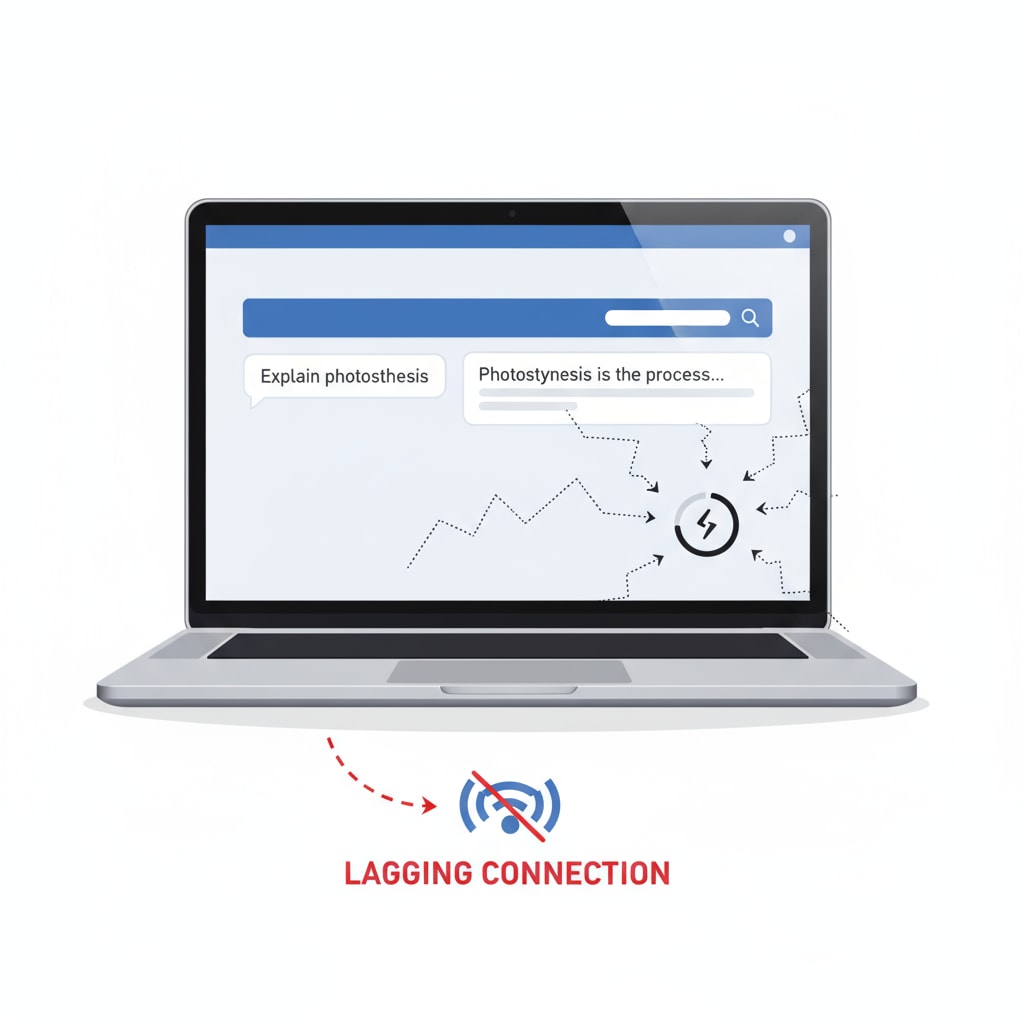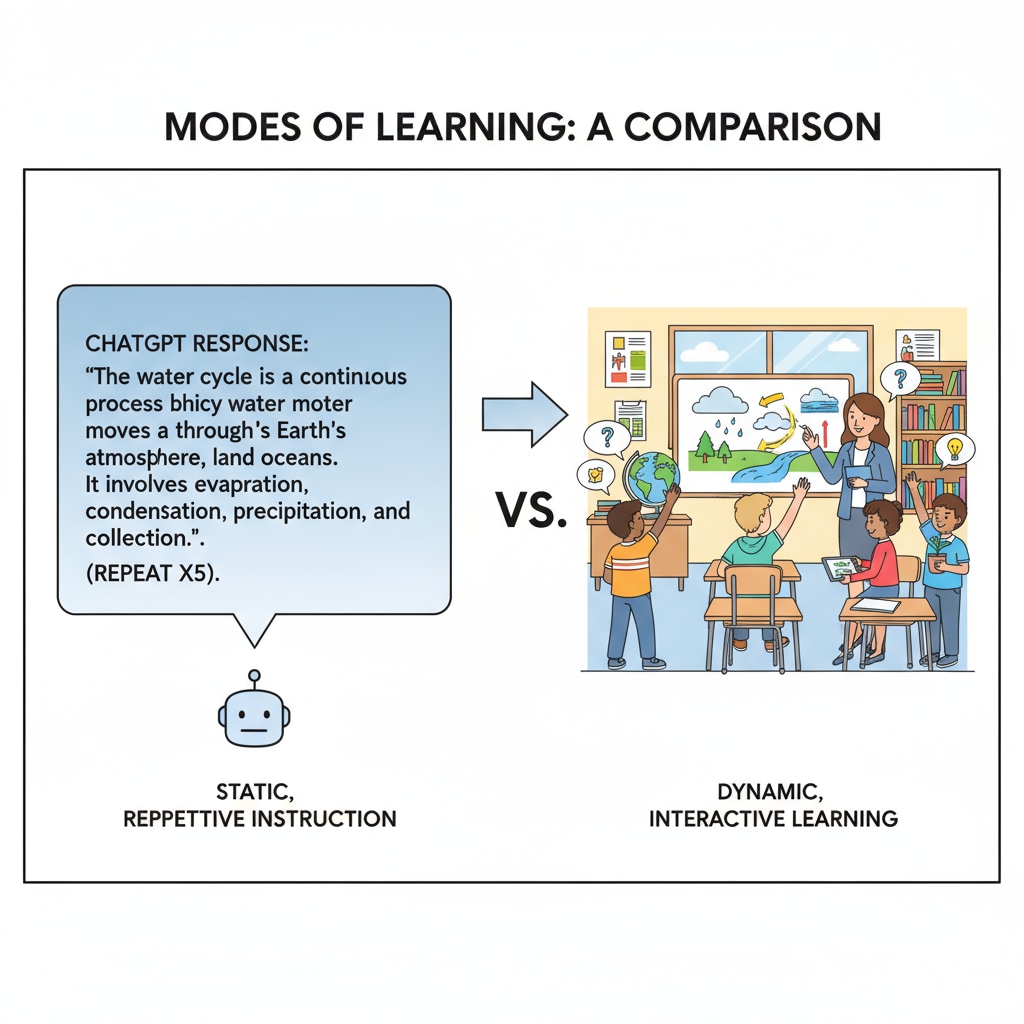ChatGPT, with its advanced capabilities, has been lauded as a potential game-changer in the field of education. However, it also comes with significant learning limitations as an educational tool, especially in the context of K12 education.

The Hurdle of Dialogue Continuity
One of the major drawbacks of ChatGPT in K12 education is its lack of seamless dialogue continuity. In a classroom setting, effective teaching involves a continuous, back-and-forth conversation. Teachers can build on students’ responses, ask follow-up questions, and guide the learning process organically. ChatGPT, on the other hand, often struggles to maintain this flow. For example, a student might ask a multi-part question about a historical event. ChatGPT may answer each part separately but fail to connect the dots in a way that provides a comprehensive and coherent understanding. As a result, students may find it difficult to develop a deep and sequential understanding of complex topics. ChatGPT on Wikipedia

Monotonous Teaching Approaches
Another limitation lies in ChatGPT’s rather one-dimensional teaching methods. In K12 education, different students have diverse learning styles. Some are visual learners, while others prefer auditory or kinesthetic methods. Teachers are trained to adapt their teaching to these individual differences, using a variety of techniques such as hands-on experiments, group discussions, and multimedia presentations. ChatGPT, however, mainly provides text-based responses. This lack of variety can make the learning experience dull and less engaging for students. It may not be able to cater to the unique needs of each learner, potentially hindering the learning process. Artificial Intelligence on Britannica
Moreover, ChatGPT lacks the ability to create a dynamic and interactive learning environment. In a real classroom, the energy and interaction among students and the teacher play a crucial role in enhancing learning. Without this element of interactivity, students may be less motivated to actively participate in the learning process.
The Absence of Effective Incentives
In addition to the above issues, ChatGPT lacks an effective incentive mechanism. In K12 education, motivation is key to a student’s success. Teachers use various forms of positive reinforcement, such as praise, rewards, and recognition, to encourage students to learn. These incentives not only boost students’ confidence but also foster a love for learning. ChatGPT, being a machine, cannot provide the same level of emotional support and motivation. A student may receive a correct answer from ChatGPT but may not feel the sense of accomplishment or encouragement that comes from a teacher’s positive feedback. This can lead to a decrease in students’ enthusiasm for learning and may even result in them relying too much on the tool without truly engaging with the material.
In conclusion, while ChatGPT has its merits in the educational landscape, its limitations in dialogue continuity, teaching approaches, and lack of incentives in K12 education are significant. It’s essential to recognize that while AI can be a useful supplementary tool, it cannot replace the invaluable role of real teachers in shaping the minds of future generations. Readability guidance: As seen above, we’ve used short paragraphs to make the content digestible. The lists help summarize key points. The use of active voice is prioritized, and transition words like ‘however’, ‘for example’, and ‘in addition’ are scattered throughout to improve flow.


